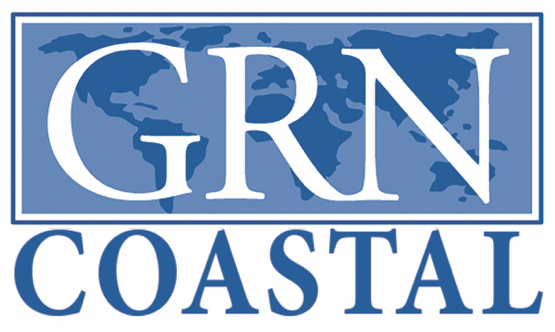With the New Year only a month old, as a sales manager, you’ve taken your a long deep breathe, your budgets are locked (and if you’re from anywhere north of the Mason/Dixon line you’re already behind budget due to the weather) and you’re either finalizing your plan or getting ready to launch it to your sales team (as an industry, we like to start late and capture 12 months of sales into 11 months). Tweaks have been made and your leadership has their expectations for the year ahead. Depending on where you are located and your customer mix, expectations are probably in the 4-6% growth range for this year. Now what do you do?
You need to get after your budgets and not fall behind.
In most high performing sales cultures, there is a strong sense of accountability to the sales plan and a high level of visibility to the YTD performance. Sales people should be financially driven and very competitive. Most high performing sales cultures make sure to have individual scorecards and scoreboards showing weekly, monthly or quarterly performance to goal. It is this visibility which creates accountability.
I have always found it helpful to have sales reps that help create their budgets at the account level. By getting their skin in the game, they now have ownership for their account base. Tweaks to their numbers need to be made by their sales managers and signed off by the Senior Sales Exec but the ground root budget number should come from the field as they should be the closest to their customer. As the top sales exec, ask your sales managers not just how their customers are performing but dig deeper and see how your customers “customers” are doing. Understand the full supply chain.
Goals should be obtainable but shouldn’t be too easy to obtain. Sales people like to be challenged and they feel a sense of accomplishment when they perform to expectations and goal. As the sales leader, create team competitions and always have a fresh idea on how to keep your team competitive throughout the year. And, and this is something few do,, celebrate success and bring forth successes as examples for your team to follow.
To hit goal, you need a full team effort.
Sales and marketing need to be on the same page from the start. Together, create monthly product focuses and promotions, quarterly market segment focuses, which allow your team to compete both internally and externally. Align these interval promotions toward your company goals. For example, if you want to grow in the Food and Beverage sector, pick products that align with the needs of that customer to promote. If you need to grow at the counter with the residential contractor, your counter should have an abundance of themed promotional activity geared to that type of customer. These promotions should align with vendor new product launches. You should have detailed vendor information on new product launches and block out calendar space for those vendors which align with your goals for the year. Time their new product launches with your promotional calendar.
Be the first to the marketplace with new product with an energized, trained and focused team. You can’t conduct an effective promotion without a properly trained inside and outside sales team, marketing materials and inventory. This takes planning, and unfortunately few choreograph this well. I’ve been part of many sales teams where we didn’t know what the next company initiative was.
As the sales leader, team with your marketing department and connect frequently with your top vendors. Be ahead of the launch curve. Create “opportunities” for your sales teams to succeed. Give them the tools and opportunities to create excitement at their customer level. You want your sales team to appear “ahead” of their competition when it comes to product, especially with vendor lines that are also available to your competition.
Be first, be aggressive and it will make hitting plan become more obtainable. As the sales leader, you set the tone for your team’s success and ultimately the budget resides with you.
Copyright © 2015 by John Salvadore
All rights reserved. No part of this publication may be reproduced, distributed, or transmitted in any form or by any means, including photocopying, recording, or other electronic or mechanical methods, without the prior written permission of the publisher, except in the case of brief quotations embodied in critical reviews and certain other noncommercial uses permitted by copyright law.








